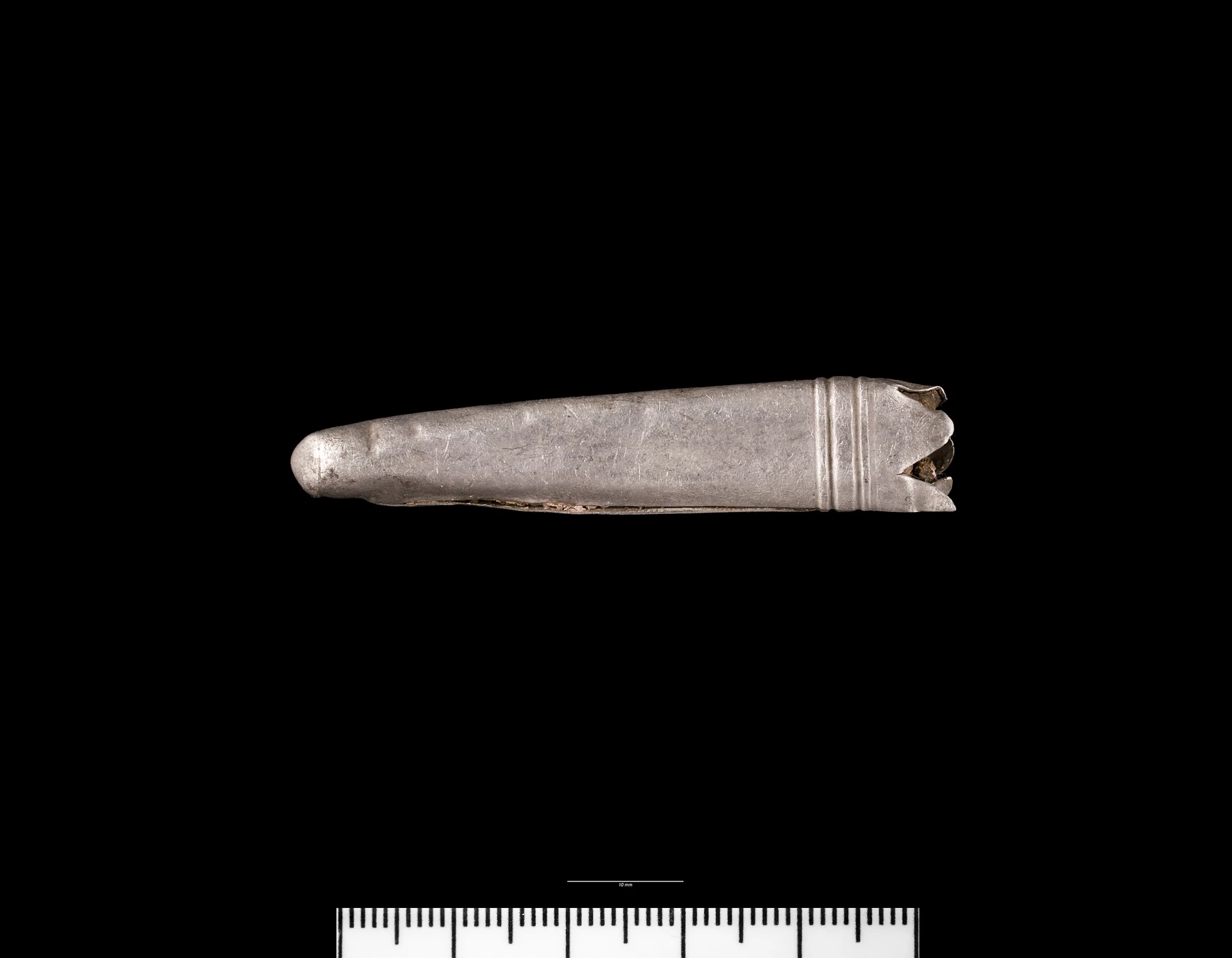What happens at a treasure hearing
, 21 March 2018
You might have heard of various archaeological artefacts being declared treasure by coroners, but what exactly does this entail?
Treasure hearings are one of the most cheerful aspects of a coroner’s job. Amongst all the heartache and mourning that goes with knowing the ins and outs of people’s (sometimes tragic) passing, many coroners look forward to declaring pieces of the past treasure. Not only do these items bring the coroner pleasure, but they are landmark pieces of local history that have been hidden from us for hundreds of years.
Last Thursday, 15th March, Mark Layton, HM Coroner for Pembrokeshire, declared 6 local discoveries treasure at Milford Haven Coroners Court - and I was privy to the process. First and foremost, I learned that what goes on in the court is mostly a formality. The experts at NMW offer thoroughly researched reports and advice on whether each item is treasure and Coroner’s Clerk, Gareth Warlow, compiles all the evidence prior to the hearing.
This particular hearing was full of some really stunning pieces, including a beautiful 16th Century gilt ring and a fragment of a silver Viking arm ring. The arm ring is an important piece in the puzzle that is Pembrokeshire’s possibly Nordic-influenced past. Finder, Ken Lunn was there to witness the confirmation of his landmark discovery being officially declared treasure.
But it was a post-medieval silver scabbard chape that really drew in the crowds. With the landowner attending as well as the finder’s entire family! While it may sound surprising for this to be a family affair, it is certainly exciting to see a piece of metal you have discovered on an old patch of land be confirmed as an important enough part of local history to have it marked as treasure. If only more finders would attend and take part in celebrating their role in helping the experts to build up a bigger picture of Wales’ rich history – even if it was a quick stop before Birthday lunch!
After recording each artefact and offering any comments or objections to be voiced by both landowner and finder, Mr Layton declared all the objects treasure and they will now be sent on the intrepid journey to the British Museum for valuation. They will then be acquired by Welsh museums thanks to the Saving Treasures; Telling Stories Project, funded by the Heritage Lottery Fund.
It may be a long, arduous road for these little glimpses of history, but it’s important they are accurately recorded so we don’t miss on any little glimmer of light they may shine on the past.
Click here for more information on Saving Treasures; Telling Stories.



